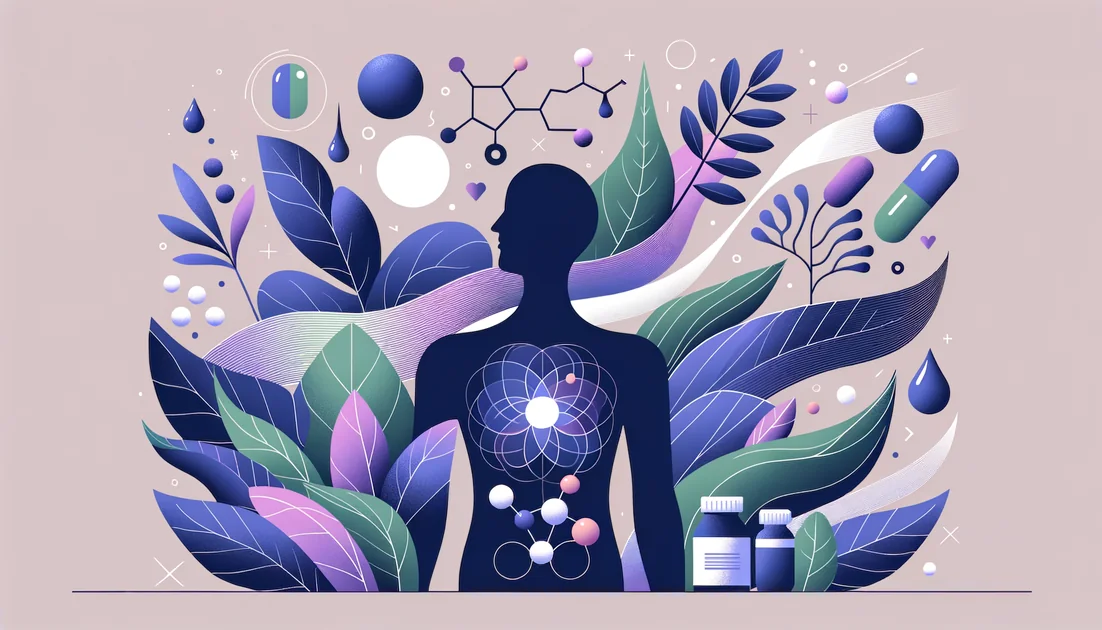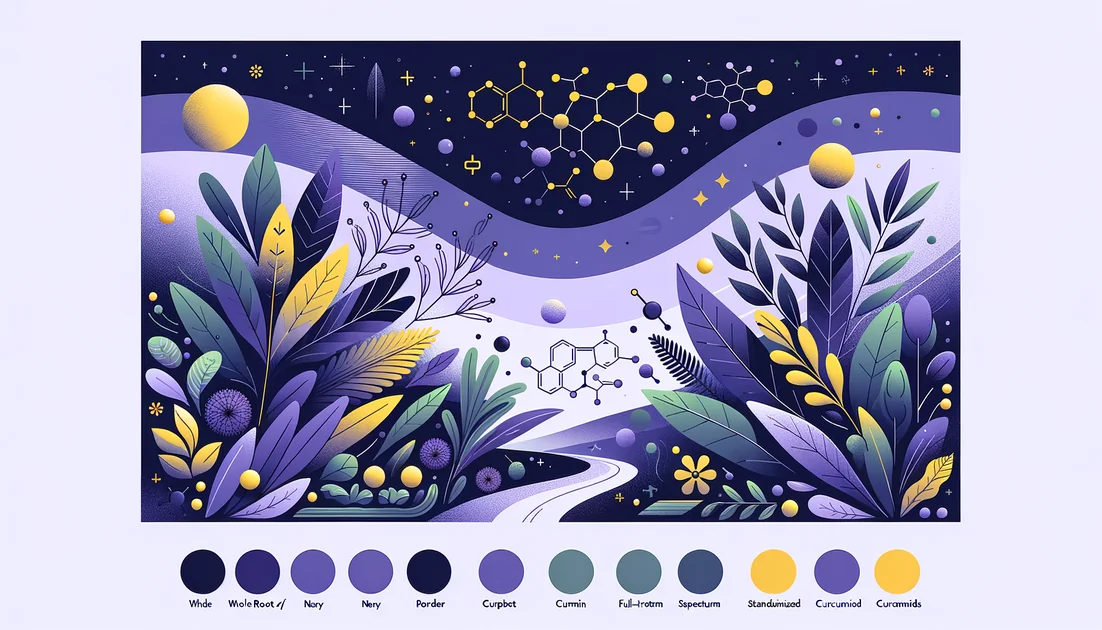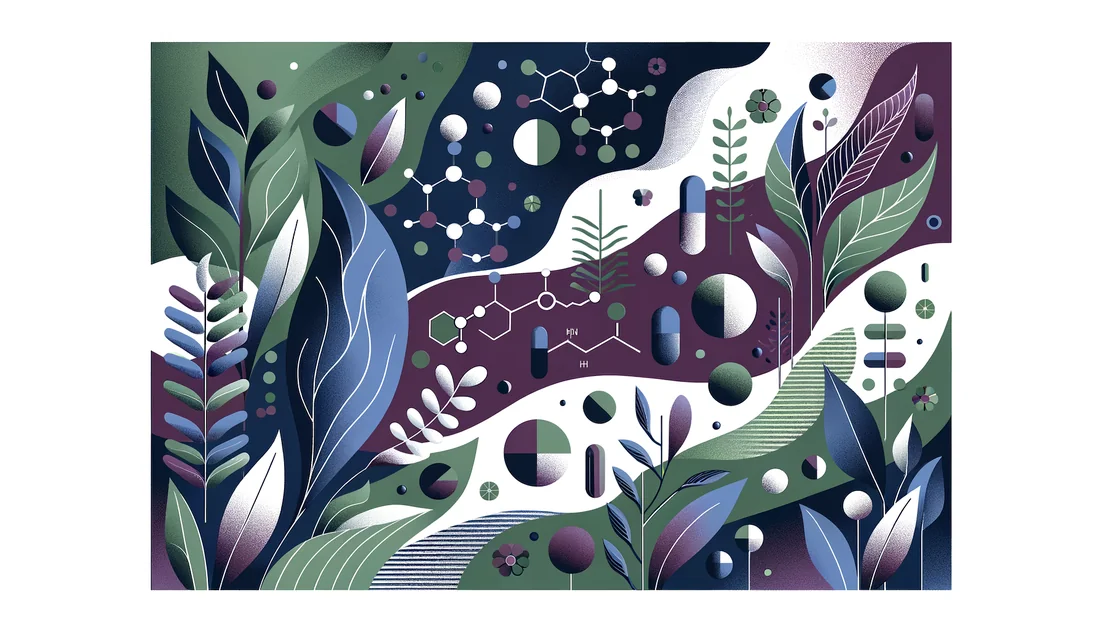
Color, Hunger, and a Warning Label: The Many Lives of L-Phenylalanine
A mother waits outside a lab in 1934, pleading for answers about the strange, musty smell in her children's urine. Decades later, a dermatologist times a UV lamp to the minute after a patient swallows an amino acid. Today, a researcher hands volunteers a phenylalanine drink and watches their hunger ebb. The common thread is a single molecule—L-phenylalanine—an essential building block that can color skin, quiet appetite, and, in rare cases, cause harm if your biology can't process it.
- Evidence
- Emerging
- Immediate Effect
- Within hours (30–60 minutes for blood rise; acute appetite-hormone changes) → About 3–4 months for repigmentation with timed UVA, in responders
- Wears Off
- Not well established
The paradox hidden in a soda-can warning
Pick up a diet soda in the United States and you'll see it: "Phenylketonurics: Contains phenylalanine." That sentence exists because a small group of people—those born with phenylketonuria (PKU)—cannot safely handle this otherwise ordinary amino acid. For everyone else, phenylalanine is a routine part of protein and a component of the sweetener aspartame; for people with PKU, it must be rigorously limited, hence the mandatory label and decades of regulatory scrutiny. [5][6] The story of that label begins with a detective tale. In 1934, Norwegian physician Asbjørn Følling investigated two siblings with developmental decline. When he added iron salts to their urine, "the samples turned a deep green," a reaction so odd it launched weeks of bench-top sleuthing and 22 liters of painstaking chemistry. He identified phenylpyruvic acid and described a new disease—PKU—caused by failure to process phenylalanine. [3][4]
From lupin seeds to the genetic code
Phenylalanine entered science long before PKU. In 1879, Schulze and Barbieri isolated it from yellow lupin seedlings—an early glimpse of an aromatic amino acid that plants and people both prize. In 1961, phenylalanine earned a second cameo: when scientists fed a strand of RNA made only of the letter U (poly-U) to a cell-free system, the protein that formed was a chain of phenylalanines, cracking the first codon of the genetic code (UUU). [1][2]
Painting color back into skin: vitiligo's surprising ally
Fast-forward to the clinic. Dermatologists noticed that giving L-phenylalanine and then exposing vitiligo patches to ultraviolet A (UVA) light sometimes coaxed pigment back. Think of phenylalanine as the upstream paint base for tyrosine, which melanocytes convert into melanin—the pigment that shades our skin. Time the light to when blood levels of phenylalanine peak, and some patients gradually regain color. [8][9] The evidence is modest but intriguing:
In a small double-blind trial nested within a larger open study, L-phenylalanine plus UVA led to repigmentation—up to 60–77% in responders—with blood peaks 30–60 minutes after dosing; higher doses did not improve outcomes, hinting that "more" isn't necessarily "better." [9]
Early clinical series reported "reasonable" repigmentation after about four months of timed Phe-UVA sessions. [8]
Pediatric cases showed complete or substantial repigmentation in many children without reported side effects during treatment; later open studies combined oral and topical phenylalanine with UVA or sunlight and a mild steroid, with most participants improving. [10][11]
Not everyone is convinced. A letter in the Journal of the American Academy of Dermatology cautioned that despite apparent safety in some reports, "more research is warranted before widespread use." [12] Still, the image sticks: an amino acid plus light, timed like a choreographed dance, helping skin remember its color.
The gut hears phenylalanine as a message, not just a meal
Here's a different stage: a metabolic lab where healthy volunteers drink phenylalanine before a meal. At 10 grams, their bodies respond by releasing satiety signals—especially cholecystokinin (CCK)—and they eat less at the buffet that follows. Blood sugar excursions after the meal dip a little too. Curiously, GLP-1 barely budges; the appetite effect tracks with CCK and, to a lesser degree, PYY. In short: phenylalanine doesn't just build proteins; it talks to appetite circuits. [13] Mechanistically, enteroendocrine "I-cells" in the small intestine act like doormen with a taste for certain shapes. L-phenylalanine fits one of their locks—the calcium-sensing receptor (CaSR). When it knocks, calcium flows and CCK is released, telling the brain and gallbladder "there's protein here; slow down and digest." D-phenylalanine, a mirror-image twin, doesn't work nearly as well on this lock—one reason effects are specific to the L-form used in foods and most supplements. [14][15] As appetite researchers in Adelaide put it, "very small amounts of specific nutrients..have major appetite-suppressant and glucoregulatory effects." [16] Phenylalanine is one of those nutrients.
Mood, pain, and the edge of the evidence
Because phenylalanine sits one biochemical step away from tyrosine—the raw material for dopamine and norepinephrine—older studies tested it for mood. Some reported benefits when L-phenylalanine was paired with the MAO-B inhibitor selegiline, but methods were dated and placebo controls inconsistent. That leaves mood claims suggestive at best. [17] Meanwhile, the D-isomer took a different path: as an experimental pain adjunct. D-phenylalanine appears to slow the breakdown of the body's natural opioids (enkephalins), and a double-blind crossover trial in chronic pain hinted at benefit for some patients. That's a sibling story—related chemistry, different aims—not a direct endorsement of L-phenylalanine for pain. [18]
Practical ways people have used it (and the guardrails)
If you're exploring L-phenylalanine, context matters:
For vitiligo, studies timed UVA 30–60 minutes after dosing, when blood levels peak; published regimens ranged from about 50 mg/kg (and in some series 100 mg/kg) before light, sometimes with topical phenylalanine or a mild steroid. Dermatology supervision is essential. [8][9][10][11]
For appetite experiments, a single 10-gram pre-meal dose reduced subsequent energy intake in healthy men, likely via a CCK-mediated signal, without slowing gastric emptying. [13]
Safety is the non-negotiable part of this story. People with PKU must avoid supplemental phenylalanine and monitor total intake; that's why aspartame-containing products carry a label. Even among those without PKU, phenylalanine can interact with medicines that affect brain catecholamines (e.g., MAO inhibitors or levodopa), and may aggravate certain movement or anxiety conditions; medical guidance is wise. [5][6] PKU families themselves still navigate hidden sources—surveys report frequent accidental aspartame exposure because labels don't quantify phenylalanine content. The label saves lives; lived experience shows it's not foolproof. [7]
What makes this molecule memorable
Few nutrients wear so many faces. A codon's key that helped crack the genetic code. A precursor that, when paired with light at just the right moment, can repaint patches of skin. A quiet gut signal that tells us when enough is enough. And a cautionary tale about personalization in nutrition: what nourishes most can harm a few.
"The samples turned a deep green," the historian's account of Følling's lab notes recalls—a color change that started a new chapter in metabolic medicine. [4]
"More research is warranted before widespread use," a dermatologist warned about phenylalanine-with-UVA—reasonable humility for an intriguing, imperfect therapy. [12] Some molecules earn their place not by doing one thing exceptionally, but by linking disciplines—dermatology to nutrition, metabolism to history. L-phenylalanine is one of those connectors.
Key takeaways
- •Phenylalanine's dual identity: a routine amino acid for most, but strictly avoided in PKU—hence the U.S. warning label on aspartame-sweetened products.
- •Vitiligo protocols often used oral L-phenylalanine around 50 mg/kg (some up to 100 mg/kg) with UVA; one trial suggested <50 mg/kg may be optimal.
- •Timing is pivotal: blood levels peak at 30–60 minutes post-dose; UVA is typically applied within that window, and higher doses didn't add benefit.
- •A single 10-g L-phenylalanine preload reduced energy intake and modestly blunted post-meal glucose in healthy men, tracking with CCK (and PYY), not GLP-1.
- •Enteroendocrine I-cells sense L-phenylalanine via the calcium-sensing receptor to release CCK; the D-isomer is far less effective.
- •Cautions: absolute avoidance in PKU; seek medical advice if on MAO inhibitors, levodopa, or with tardive dyskinesia or significant anxiety disorders.
You might also like
Explore more of our evidence-led investigations, comparisons, and guides across every article style.

Kirkman (Kirkman®/Kirkman Laboratories)
Kirkman: Testing powerhouse with a checkered past—and a noticeable transparency upgrade



Iron
In 19th-century clinics, pale teenagers were diagnosed with "green sickness," a languor so common it earned its own pills—iron salts that often turned the tide. Today, you might sip coffee at your desk and feel a quieter version of the same story: the body's oxygen courier running low, not from drama, but from modern habits and biology's iron gatekeeper. [5][6]

Quercetin + Bromelain + C: Allergy & Airways Combo?
Theory-supported, partially studied combo; helpful for some, but true "A+B>C than A or B alone" synergy is unproven.

Tocotrienols
The stealthier cousins of vitamin E—built with springy tails that move differently in cell membranes and behave differently in your body.

